Imagine stepping into a room that effortlessly presents itself with clean lines, natural elements, and a sense of serenity. A design that skillfully uses sunlight to highlight a modest but charming space, this is the essence of Scandinavian interior design. Rooted in principles such as minimalism, functionality, and simplicity, it’s a philosophy that celebrates a beautiful and balanced lifestyle. Over the years, the design has evolved, factoring in historical, cultural, and environmental influences. Soaked in the heart of Nordic ideals, each element – furniture, color schemes, and décor accessories – are carefully curated to forge visually comforting spaces.
Principles of Scandinavian Interior Design
Minimalism in Scandinavian Design
At its core, Scandinavian design embodies a true sense of minimalism. This is reflected by a strong focus on simple, clean lines and a lack of clutter. Spaces designed in the Scandinavian style are unassuming yet exquisite, reduced to their essential elements. Each item within the space is carefully selected for its form, function, and contribution to the overall aesthetic. This concept of “less is more” is echoed in the pared-down color palettes often seen in Scandinavian design, which frequently comprise of a mix of whites, grays, blacks, and browns. The emphasis on minimalism is not just an aesthetic choice, but a reflection of the Nordic sensibility toward practicality, functionality, and appreciation for simple beauty.
Functionality Defines Scandinavian Design
In line with its minimalist principles, functionality is another crucial aspect of Scandinavian interior design. Nordic design strongly emphasizes that every item in a room, be it furniture or decorative accessory, should serve a purpose. Not just any purpose, but ideally more than one. For instance, a thoughtful Scandinavian design might include a sleek bench that offers seating, storage, and even a bookshelf. Therefore, every item is practical, multi-functional, and aesthetically appealing. Needless to say, Scandinavian design does not endorse the idea of possessing items for the sake of owning them.
Simplicity Reigns in Scandinavian Design
Simplicity is synonymous with Scandinavian design. The underpinning idea is that beauty does not need complexity; it can often be found within simple, unadorned objects. This manifests itself in fundamentally straightforward yet thoroughly thought-through designs. A basic lamp, a functional chair, or even a well-placed mirror- each item is stripped down to its simplest form yet exudes an attractive appeal. This simplistic approach extends to color palettes and choice of material. The result is an interior that is instantly inviting and calm, uncomplicated yet stylish.
Natural Materials and Light in Scandinavian Design
Scandinavian interiors traditionally lean on the use of natural materials, like wood, leather, wool, and linen. This not only offers warmth and texture but also introduces an earthly, organic feel within the minimalist space. Wood, particularly light woods such as pine, oak, and beech, is often used in flooring, furniture, and accents. As for lighting, it plays a significant role due to the region’s long dark winters. Scandinavian interiors often incorporate large windows to allow as much natural light as possible. Additionally, a common fixture in Nordic homes is the multi-arm chandelier, which offers multiple light sources and creates a cozy, soft glow in the room.
Scandinavian design is known for its unique balance between aesthetics and functionality. Every element of this design approach is carefully chosen to contribute to the overall harmony and coherence of the space. Maintaining simplicity and minimalism, emphasizing functionality, and making light and natural materials a central part of the design, Scandinavian interiors succeed in creating a peaceful and welcoming atmosphere that is efficiently practical and attractively cozy.
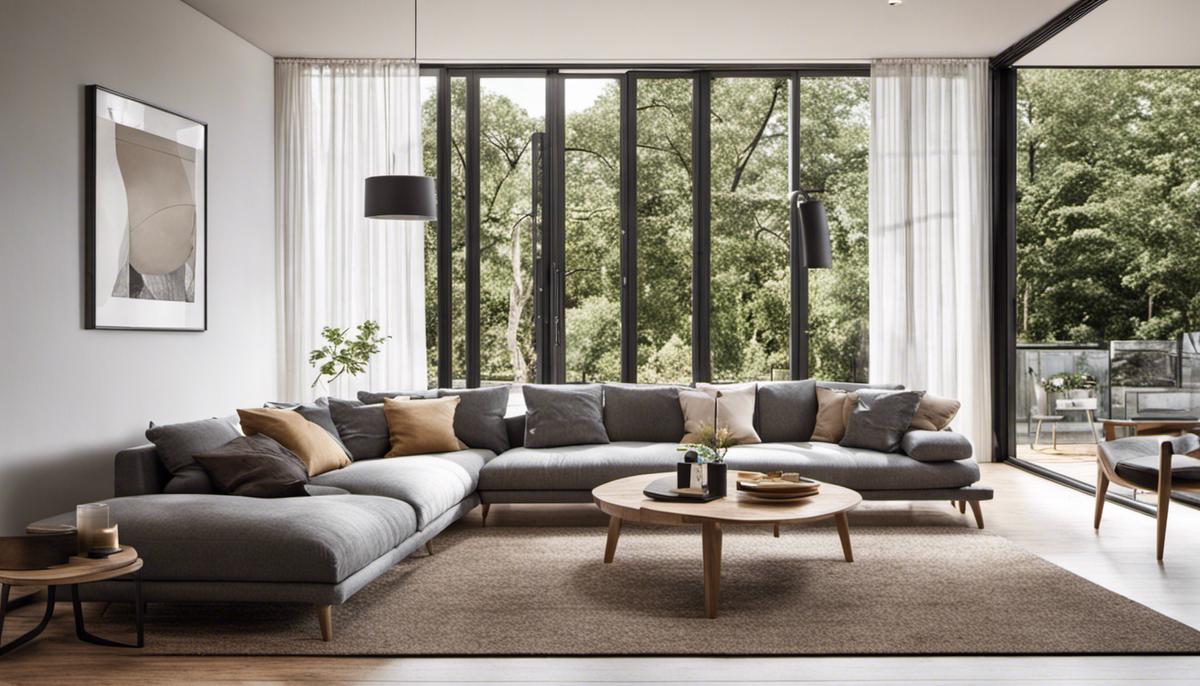
Historical Evolution of Scandinavian Interior Design
The Origins of Scandinavian Interior Design
Born in the Nordic countries – Denmark, Finland, Iceland, Norway, and Sweden – the Scandinavian interior design style is renowned for its simplicity, practicality, and minimalism. The initial emergence of this design style, which resonated globally in the 1950s, can be attributed to the Nordic region’s local culture and climate. The Nordic people, challenged by the harsh, long winters, had to spend much time indoors. Consequently, they cultivated a deep desire to have living spaces that were not only warm, welcoming, and comfortably bright but also had multi-functionality.
Influence of Climate on Scandinavian Design
Inspired by the extended cold and dark climate, Scandinavian design places a significant emphasis on creating interiors that are clean, light, and cozy. The use of bright and neutral color palettes, reflective surfaces, and natural elements such as wood is prevalent, aimed at maximizing natural light during the short daytime hours. Large windows are yet another common feature, designed to let in as much natural light as possible. Additionally, Scandinavian fireplaces are distinctive, often centrally placed instead of being tucked on one wall, acting as a significant design element and providing warmth.
Cultural Values and Scandinavian Design
A deep-rooted Scandinavian belief in social equality heavily influences their design philosophy. This perspective led to the design style’s focus on functionality, simplicity, and affordability. Its premise was that good design should be accessible to all, not just a privilege for the elite. This democratic design approach still resonates in the current Scandinavian interior design trend.
Evolution and Mainstream Acceptance of Scandinavian Design
From the 1950s onward, the world began to take notice of Scandinavian design. Its growth acceleration stemmed from international exhibitions and design shows. Iconic pieces like Eero Saarinen’s Tulip Chair or Arne Jacobsen’s Egg Chair captured global attention and are still popular today. Over time, the clean lines, organic textures, and minimalist aesthetics of the design style gained admiration and acceptance, becoming a staple in households worldwide.
Scandinavian Design in Today’s World
In the present day, Scandinavian design continues to evolve while maintaining its core principles. It seamlessly blends with other design trends and often reflects a play of textures, contrasts, and soft hues. Today’s Scandinavian styled spaces are more than just white walls and wooden furniture. They incorporate richer tones, tactile fabrics, and eclectic elements for a more layered look, all while staying true to its roots of simplicity and functionality.
The fascinating progression of Scandinavian design history serves as proof of its timeless charm and universal appeal. Fueled by the harsh climatic conditions of Scandinavia and their social equality philosophy, this design ethos has steadfastly evolved while upholding its primary principles. This unique style has found its place in the world of interior design, making a substantial impact—whether in the simple abode of a Swedish family or the inviting nook of a New York loft.
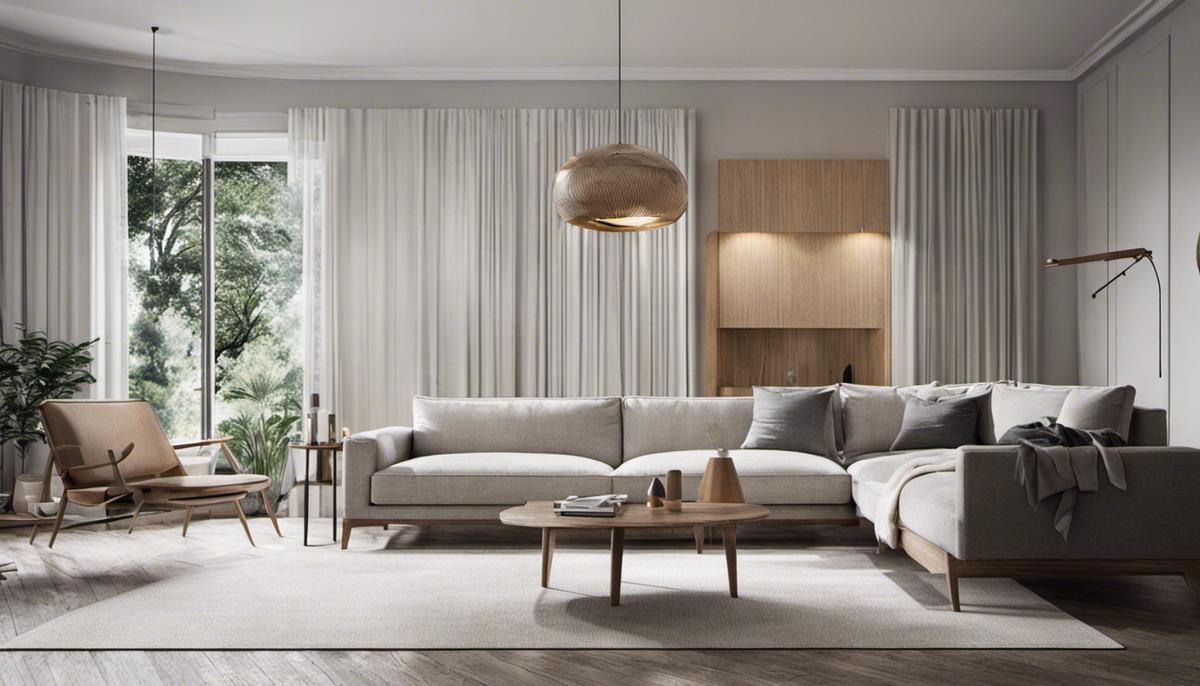
Key Elements of Scandinavian Interior Design
Understanding the Essence of Scandinavian Interior Design
Scandinavian interior design hinges on several defining factors. Originating from the Nordic nations in the mid-20th century, the style firmly believes in crafting spaces that are functional, uncluttered, and aesthetically pleasing. Meticulously designed, these interiors convey a sense of tranquillity and refreshing neatness, aiming for a soothing and hospitable environment that deeply resonates with a homely feeling.
Key Elements: Furniture
Scandinavian furniture design can be characterized as minimalist, with a focus on functionality and simplicity. Often made from natural, durable materials such as solid wood, the furniture pieces are typically clean-lined and straightforward. The simple yet striking aesthetic of Scandinavian furniture is built around a balance of form and function, resulting in pieces that are uncluttered and light, with a focus on practicality and comfort.
Color Schemes
One essential element of Scandinavian interior design is its color palette; it mostly includes muted, neutral tones, such as white, gray, and beige. These colors are chosen to reflect light and make the space feel bright and open, a necessity in the Nordic countries where sunlight can be a scarcity during the winter months. However, small pops of color, particularly pastels and earth tones, are often introduced to add a touch of warmth and personality.
Decor Accessories
While minimalism is a hallmark of Scandinavian interior design, it is not devoid of warmth and character. Decor accessories are typically understated and carefully selected, and are often used to add texture and warmth to a room. This might include handmade woolen rugs, textured throw pillows, wall arts or ceramics, plants for a touch of organic green, and candles for putting a cozy ambiance.
Focus on Natural Light and Materials
Another significant element of Scandinavian design is the emphasis on natural light and materials. This focus is a nod to the Nordic appreciation for nature and the outdoors. Large windows are often a central feature, designed with minimal window treatments to let in as much light as possible. Similarly, natural materials like wood, leather, stone, and wool are commonly used in flooring, furniture, and decor accessories.
The Hygge Concept
Hygge, a Danish concept that translates loosely to comfort and coziness, is often incorporated into Scandinavian interior design. This includes creating spaces that are not just beautiful, but also nurturing and conducive to relaxation and rejuvenation. Fireplaces, cozy corners with reading nooks, and inviting atmospheres are common in homes decorated in this style.
Scandinavian interior design beautifully marries aesthetics and utility, creating spaces filled with tranquility, light, and a certain organic simplicity. The ultimate goal of this design approach is to fashion homes that are not just visually pleasing but also provide a serene and comfortable space for relaxation, rejuvenation, and a genuine connection with one’s surroundings.
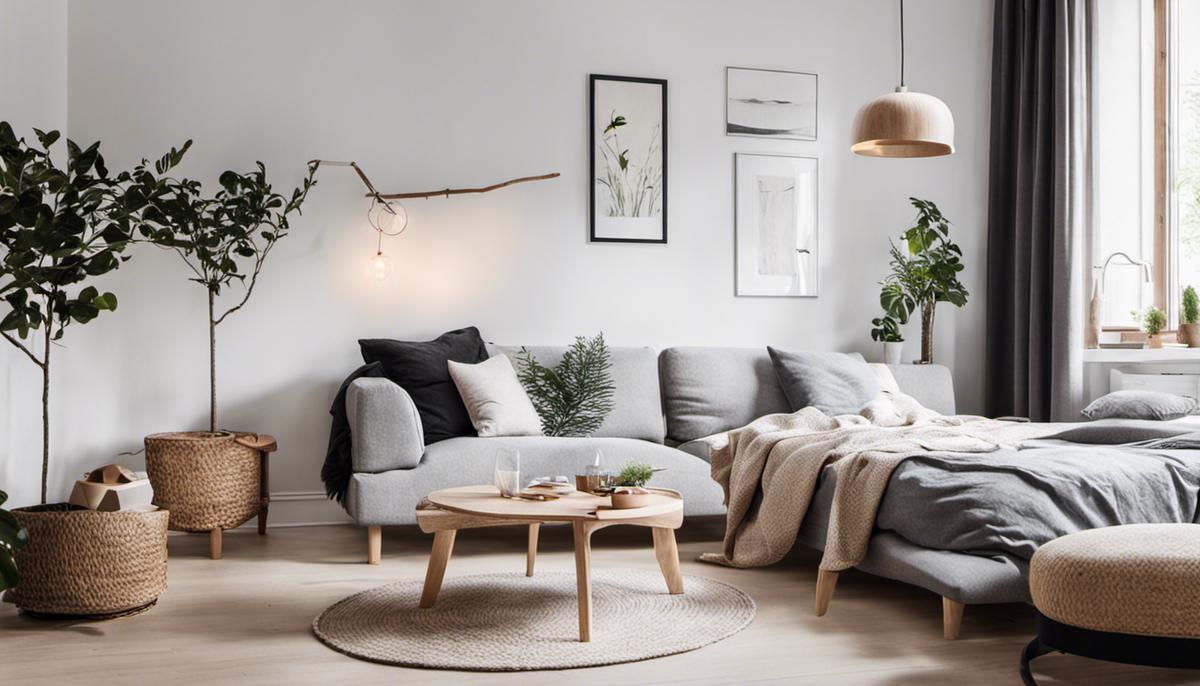
Implementing Scandinavian Interior Design in Your Home
Applying Scandinavian Interior Design in Your Living Room
The living room, being the heart of the home, can truly showcase the Scandinavian interior design philosophy when done right. Begin by selecting a soft color palette dominated by shades of white, gray, and beige. Furniture choices should feature clean lines and natural wood textures, reminiscent of the mid-20th century iconic Scandinavian designs. Functionality should guide your selection of furniture pieces. A neutral-tone sofa, a glass coffee table, and minimalist shelving can serve as your key pieces. You can inject some color into the design through accents such as cushions, throws, or a distinct piece of art. Ensure your lighting radiates a warm and soft glow, using floor and table lamps which also serve as sculptural accessories.
Scandinavian Interior Design in the Kitchen
A Scandinavian kitchen is about sleekness and functionality. Opt for flat-panel cabinets with simplistic hardware in white or light pine for a clean, sleek look. Countertops can be granite or marble, introducing a bit of luxury into the minimalistic design. To give a warm touch, choose wooden flooring. Also, installing floating wooden shelves can aid function while maintaining the aesthetic. Open storage for daily use items like a coffee mug or cereal bowl can make the kitchen look more inviting. Lighting should focus more on the task and under cabinet areas. The backsplash can be a place to add color or texture with subway tile or glass mosaics.
Scandinavian Bedroom Design Ideas
Comfort and relaxation are the main focus of a Scandinavian inspired bedroom. Shoot for a clean space with a neutral color palette, warm textures and ample natural light. Wooden bed frames with sleek lines and minimal detailing offer the perfect touch of natural element. Combine this with white bedding and a few textured pillows for comfort. Floating shelves can replace nightstands for functionality and aesthetic appeal. Install sheer curtains to allow for maximum natural light during the day while maintaining privacy. Add a throw rug or wall tapestry that brings in color and texture.
Other Key Elements of Scandinavian Interior Design
In any room of your home, make sure to incorporate these key elements in your Scandinavian interior design. Natural light is the major component, so opt for simple, sheer window coverings. Further, choose a color palette that revolves around neutral tones, with white being dominant. This design style calls for functionality over decoration, with each piece of furniture being practical as well as aesthetically pleasing. Add warmth to the modern aesthetic with natural elements like wood, stone, or green plants. Finally, keep accessories to a minimum and select those that complement the design rather than overpower it, such as a single piece of impactful art or low-key ceramic pieces.
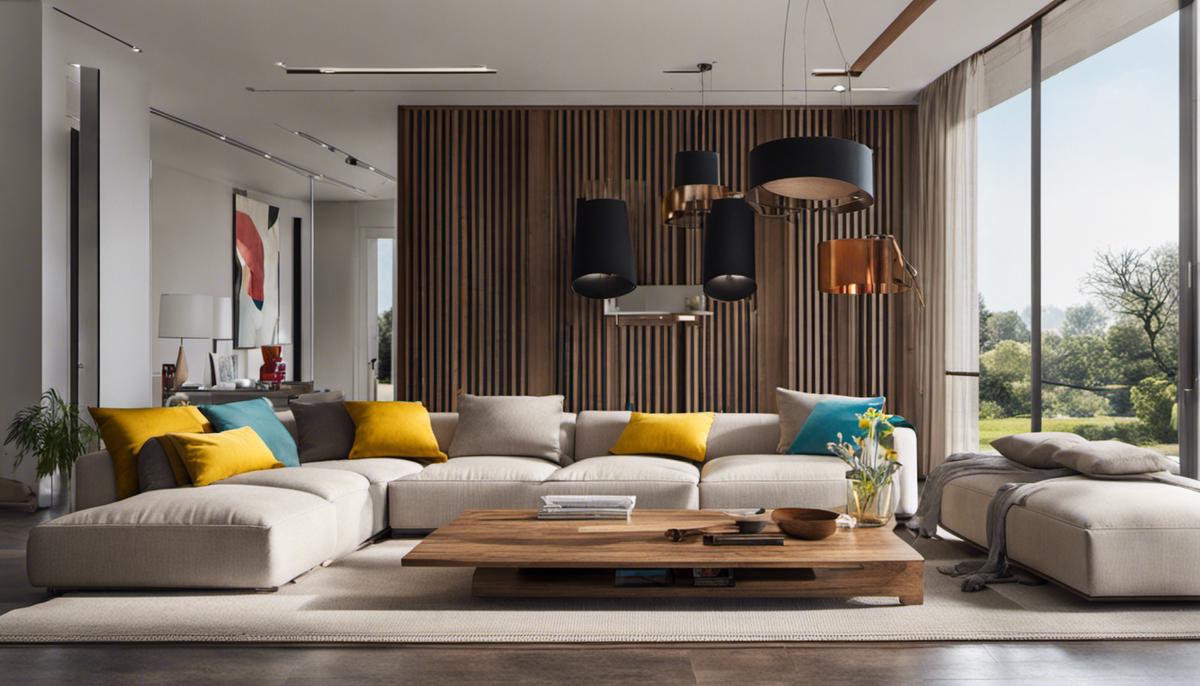
Embracing Scandinavian interiors imparts an aura of serenity and harmony. The delicate balance of the design’s key elements creates a precise composition of a warm, inviting, and functional space. As you ponder on infusing Scandinavian interior design into your living room, kitchen, bedroom, or any part of your home, remember the fundamental principles. Adopt less is more, celebrate natural materials, maximize light, and intermingle functionality with beauty. In doing so, one doesn’t merely adopt a style but a lifestyle, steeped richly in Nordic ideals, proving that simplicity can indeed foster a comfortable and charming living environment.

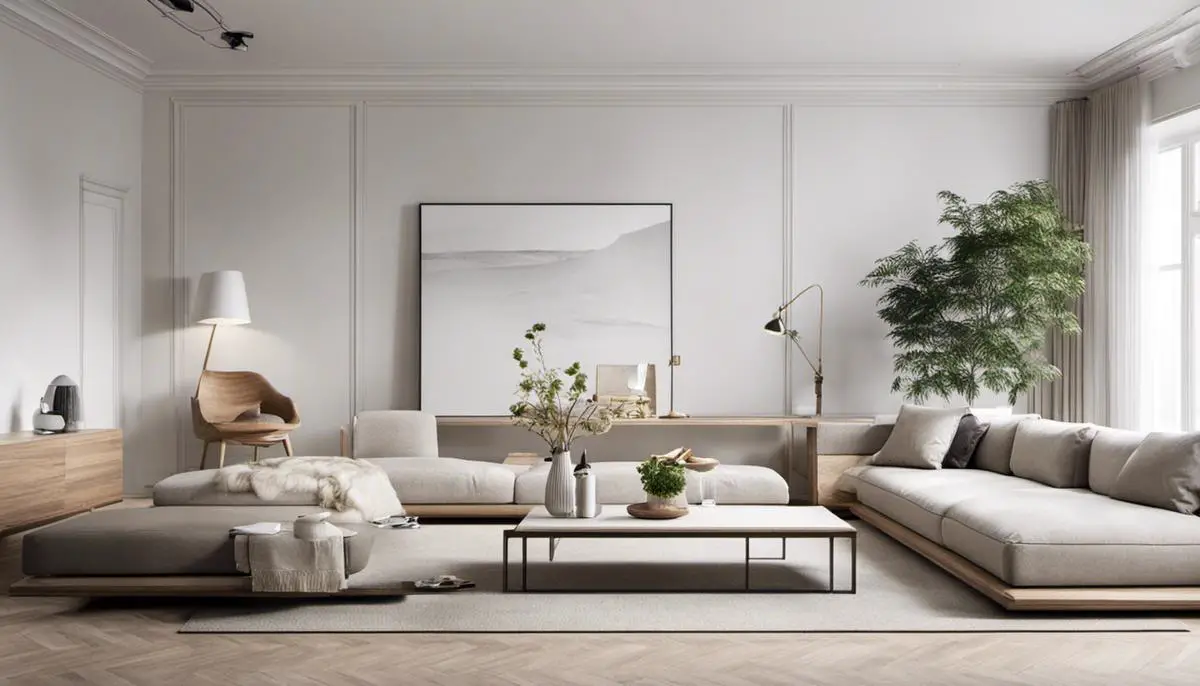
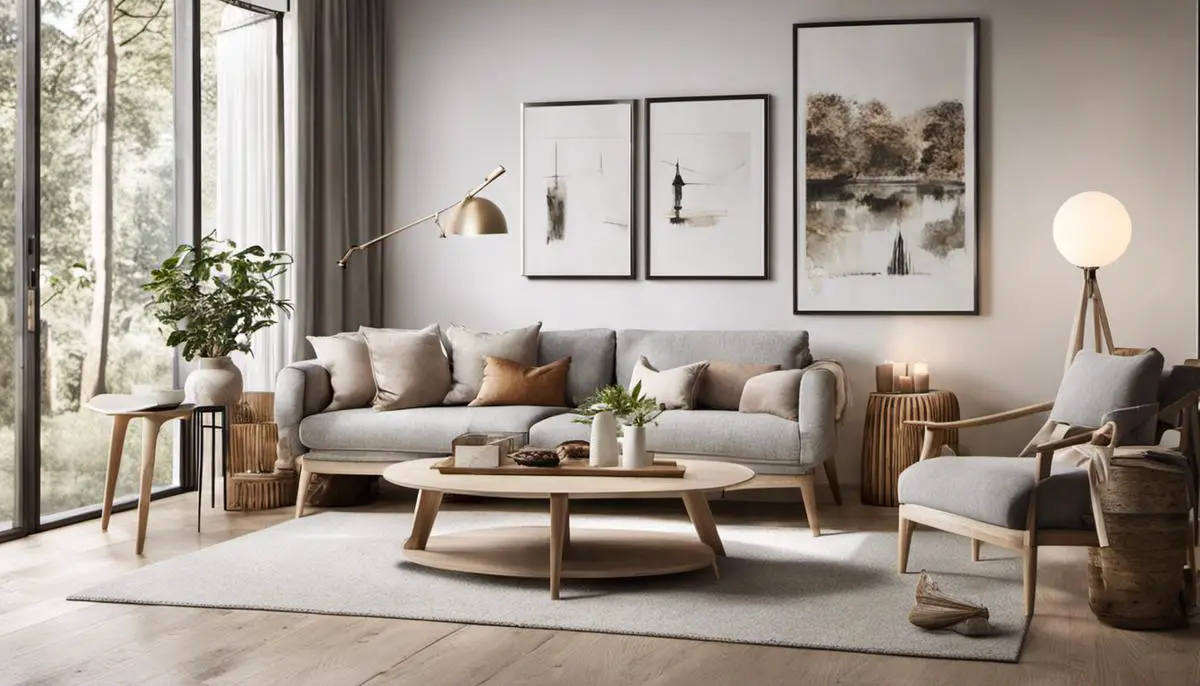
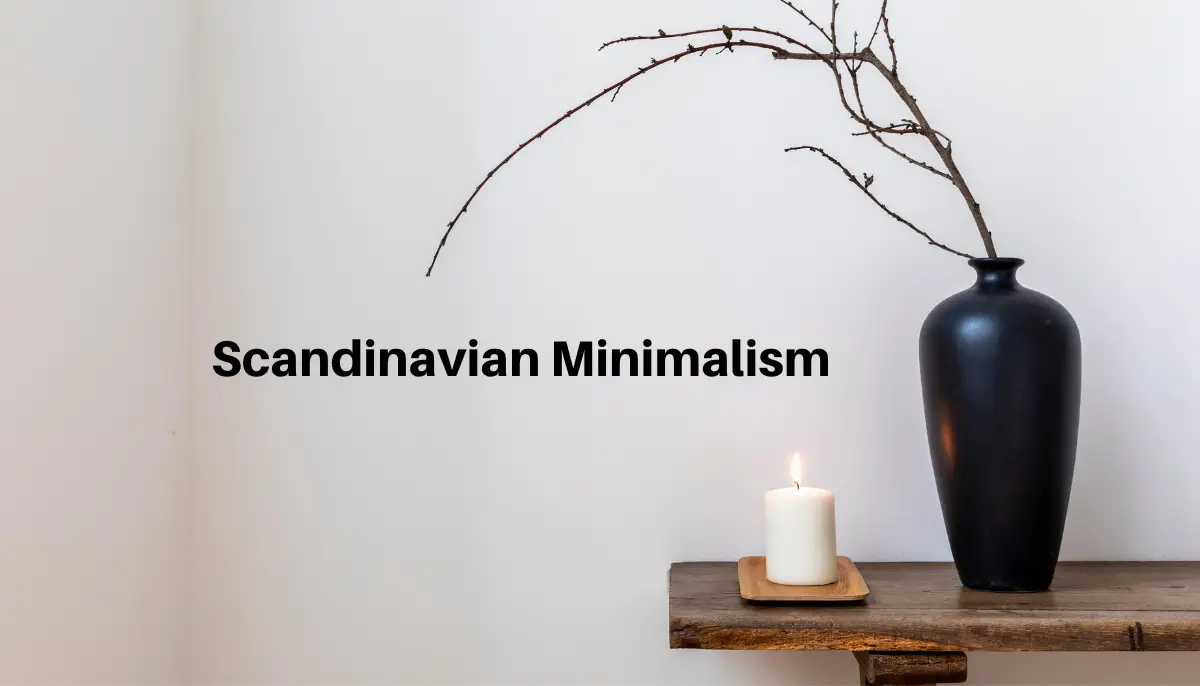
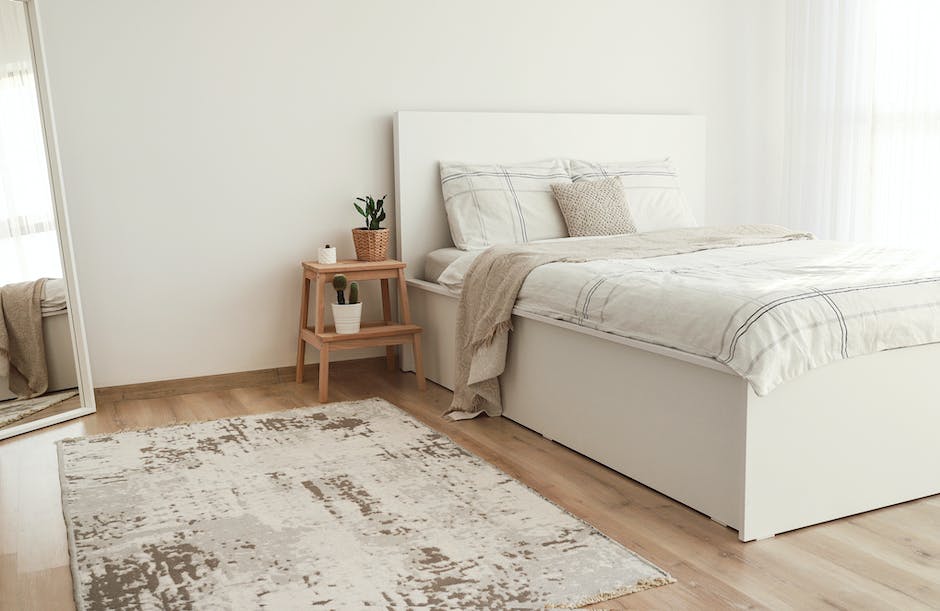
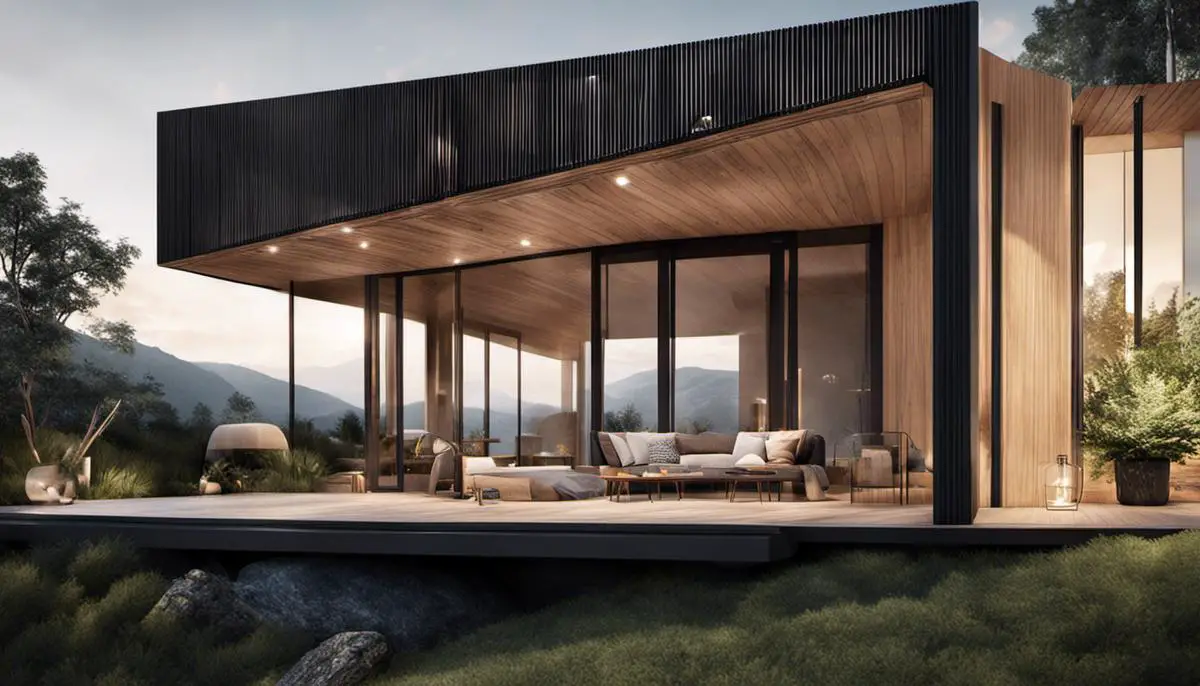
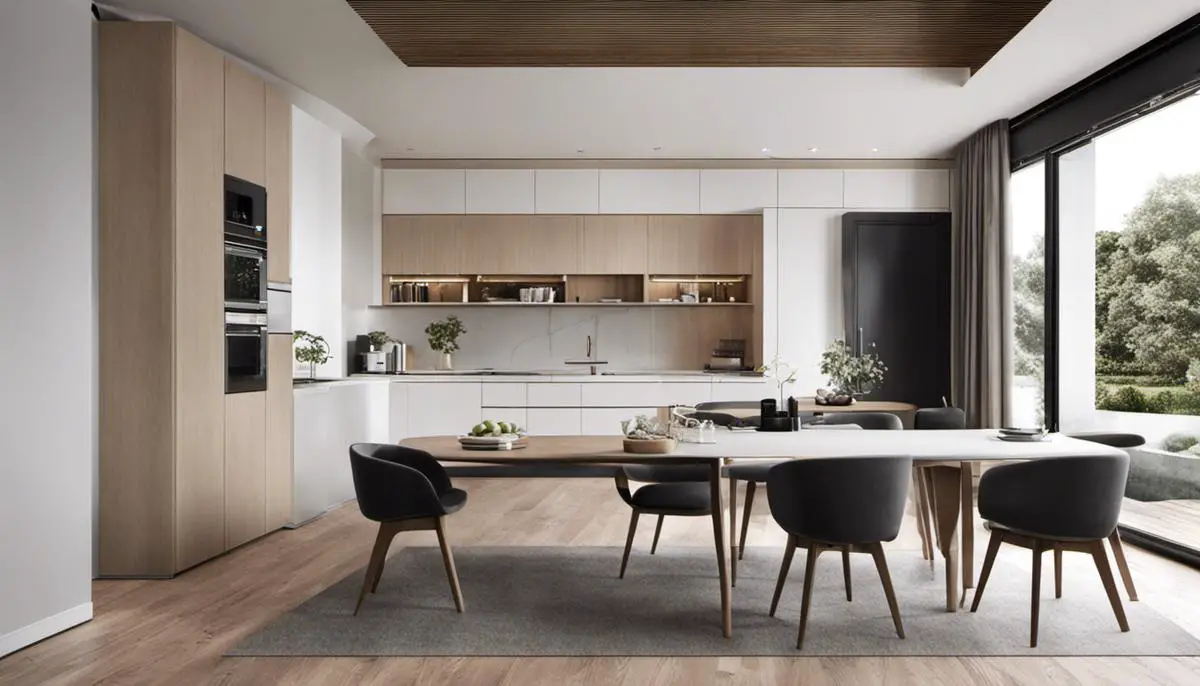
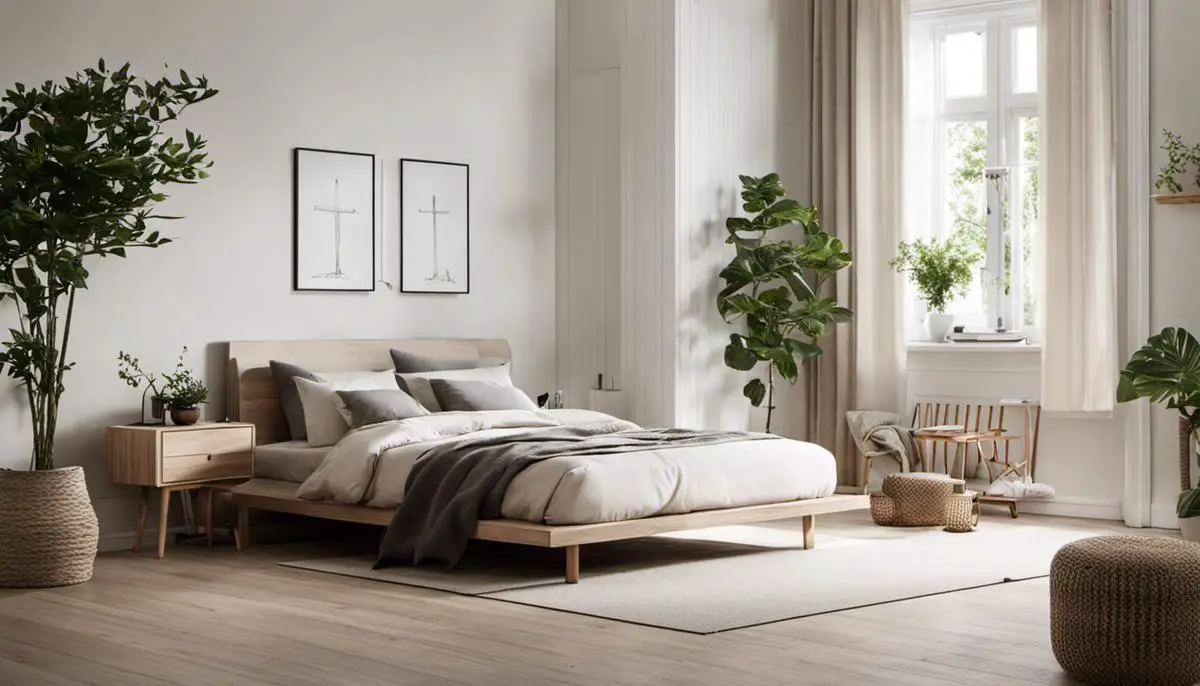
Leave a Reply